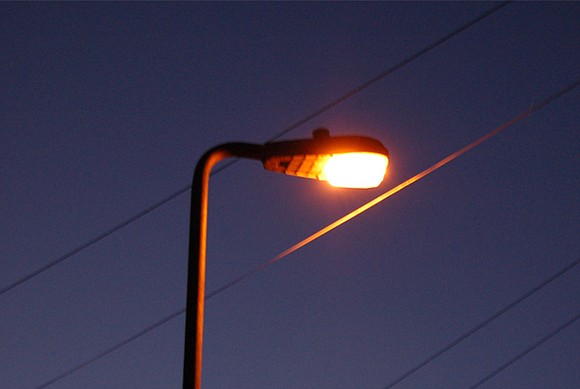Higher Concentrations of Streetlights Do Not Guarantee Safety
Style Magazine Newswire | 8/14/2017, 1:44 p.m.
HOUSTON – (Aug. 14, 2017) – Higher concentrations of streetlights do not guarantee fewer nonviolent crimes in Houston neighborhoods, according to a new report from Rice University’s Kinder Institute for Urban Research.
"What Happens in the Shadows: Streetlights and How They Relate to Crime" examines how the city of Houston’s 173,000 streetlights impact crime rates. The report comes as Houston is converting its streetlights to LED bulbs. This activity prompted the Kinder Institute to examine streetlight density across the city.
The researchers compared 2015 crime rates of areas of the city with both high and low density of streetlights and looked for patterns to determine if there was a relationship between these factors. Streetlight density was measured by dividing the number of streetlights in a census block by the length of road miles within the block. It ranged from a low of less than one streetlight per mile of road to a high of 47 streetlights. The city of Houston's average streetlight density is about 15 streetlights per mile of roadway.
The report revealed that crimes occur throughout the city in areas with both high and low concentrations of streetlights. However, the researchers found no direct correlation between higher densities of lights (more than 15 streetlights per mile of roadway) and lower rates of nonviolent crimes.
In fact, areas with higher densities of lights experienced 60 percent more nonviolent crimes on average than areas with low concentrations of streetlights (fewer than 15 streetlights per mile of roadway). Nonviolent crimes are defined as those which do not involve the use of any force or injury to another person.
"Our model estimates that on average, irrespective of racial/ethnic composition, neighborhoods with about one light per 100 feet experienced lower crime rates than those neighborhoods with two lights per 100 feet,” said Julia Schedler, a graduate student in the Department of Statistics at Rice, a student assistant for the Kinder Institute’s Urban Data Platform and one of the paper’s authors. “However, the magnitude of this difference varies by a neighborhood’s racial composition. Both majority-black and majority-white areas are estimated to experience about one additional nonviolent crime on average, and majority-Hispanic areas are estimated to experience less than one additional nonviolent crime (0.62) on average. Areas with no ethnic majority have the most dramatic increase -- about 2.5 additional nonviolent crimes on average. We did not find evidence of a clear relationship between streetlight density and violent crime.”
Schedler said a common misconception is that greater densities of streetlights automatically equal safer neighborhoods.
“This is not to say that streetlights are not helpful,” she said. “But streetlights alone do not reduce crime.”
Houston’s highest concentrations of streetlights are found within the downtown area, with pockets of high streetlight density just to the east of downtown, toward the Houston Ship Channel, as well as fanning out in the northern part of the city. Areas with fewer than five streetlights per mile of road are along the edges of the city in all directions, as well as within a slice of Houston just east of Bellaire.
Future work in this area will focus on studying other factors that may affect crime, such as property values, median household income and proximity to commercial areas.
Heather O’Connell, a former postdoctoral research fellow at the Kinder Institute, was the study’s lead author. To download a copy of the report, visit http://kinder.rice.edu/reports/.




